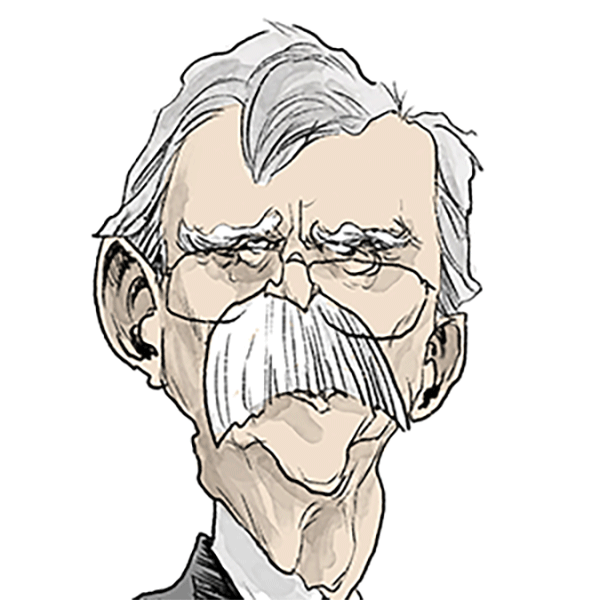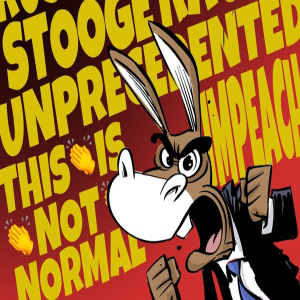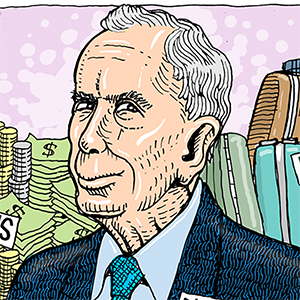Unemployment Benefits: Exploring the Various Facets of Unemployment - A Dive into Its Definitions and Types
Published in BenefitsWise
Unemployment is a phenomenon that occurs when a person who is actively seeking employment is unable to find work. It is a critical economic issue that affects individuals and the economy at large. Unemployment is not monolithic and is generally categorized into three primary types: Frictional, Structural, and Cyclical Unemployment, each arising due to different circumstances and economic conditions.
Frictional Unemployment is a short-term form of unemployment that occurs when workers are in between jobs. Individuals may voluntarily leave a job to search for better opportunities or due to relocation, or they may be temporarily laid off. Frictional unemployment is inevitable in any economy as people will always be in the process of changing jobs. It is usually not seen as a negative sign as it can lead to better job matches.
Structural Unemployment arises when there is a mismatch between the skills possessed by the workforce and the skills required by employers. This form of unemployment is more long-term and is often caused by advances in technology, changes in consumer demand, or globalization, which can lead to certain skills becoming obsolete. Addressing structural unemployment typically requires retraining and education initiatives to equip workers with the necessary skills to fill available jobs in the changing economy.
Cyclical Unemployment occurs due to fluctuations in the overall economic cycle. During periods of economic recession or depression, the demand for goods and services decreases, leading companies to cut costs by reducing their workforce, which increases the unemployment rate. Conversely, during economic expansion, the demand for goods and services increases, resulting in more job opportunities and a lower unemployment rate. Addressing cyclical unemployment generally involves implementing economic policies aimed at stimulating economic growth.
Each type of unemployment impacts the economy differently. Frictional unemployment signifies a dynamic and evolving job market, while structural unemployment highlights the need for adaptation and skill development in the face of changing economic landscapes. On the other hand, cyclical unemployment underscores the vulnerabilities of economies to broader economic cycles and the importance of resilience and adaptability in economic structures.
Moreover, while a certain degree of frictional unemployment is considered normal, high levels of structural and cyclical unemployment are problematic and require intervention through various economic, educational, and social policies. These interventions aim to address the underlying causes and help in alleviating the adverse effects of unemployment on individuals and the economy.
In conclusion, understanding the different types of unemployment is crucial for developing effective strategies to address this multifaceted issue. By exploring the nuances of frictional, structural, and cyclical unemployment, we can gain insights into the complex interplay of factors that lead to joblessness and devise comprehensive solutions to mitigate its impact on individuals and society at large.
Note: These articles are not a substitute for professional financial or legal advice. Always consult professionals for your specific needs.
This article was generated by Open AI with human guidance and editing along the way.




























Comments